Footage has been published, apparently for the first time, showing a Chinese H-6 bomber dropping one of the shadowy ballistic missiles and has in the past been widely understood to be a ship-killing weapon designed for use as part of the country’s fast-evolving anti-access/area-denial (A2/AD) strategy. However, many questions remain about the role of the weapon and its capabilities.
The brief clip in question appears as part of an official People’s Liberation Army video showing the work of the H-6K — one of the more modern versions of the H-6, which is derived from the Soviet-era Tu-16 Badger that was first flown as long ago as 1952. The H-6K is a much more capable proposition, with an advanced flight deck and efficient turbofan engines in redesigned nacelles.
Viewed from the cockpit, the sequence shows the missile released from a large pylon under the bomber’s port wing.
Other sequences in the video include heroic depictions of the H-6 crew preparing for a mission, multiple bombers being launched, and training sorties involving dropping freefall ‘dumb’ bombs from the internal weapons bay. The video was published today, apparently in conjunction with May 1, a statutory holiday in the People’s Republic of China.
As for the missile, this is of a type that was publicly displayed at the Airshow China in Zhuhai in November 2022, where it was part of an array of air-launched weapon designs on show. You can read more about its surprise debut here.
The air-launched ballistic missile, or ALBM, was carried under the center-wing pylons of an H-6K, with ‘2PZD-21’ stenciled on the side of the weapon. This is the only official designation known for the missile, but it has also been suggested that it may be named KD-21 or YJ-21. Those last two designations are connected with land-attack and anti-ship missiles respectively, which raises a key uncertainty about the weapon.
China’s ALBMs, of which at least two types exist, have often been assessed as anti-ship weapons, primarily intended to target high-value warships such as aircraft carriers, hence the ‘carrier killer’ nickname.
However, the H-6K is primarily a land-attack platform, serving with the People’s Liberation Army Air Force, rather than the naval aviation branch. This raises the possibility that the 2PZD-21 is actually intended to attack targets on land.
This would put it in a class very similar to the Russian Kinzhal (known in the West as the AS-24 Killjoy), a weapon that is launched from adapted MiG-31 Foxhound interceptors and which has been employed in the war in Ukraine, apparently with only mixed success. Suggestions that the Kinzhal has an anti-ship capability have never been confirmed.

Like the Kinzhal, which is an air-launched development of the Iskander short-range ballistic missile, the 2PZD-21 may be derived from a land-based weapon. In particular, the Chinese missile bears a close resemblance to the CM-401 land-based anti-ship ballistic missile (ASBM). The truck- or ship-launched CM-401 is also capable of hitting static land targets and is said to have a terminal speed of between Mach 4 and 6.
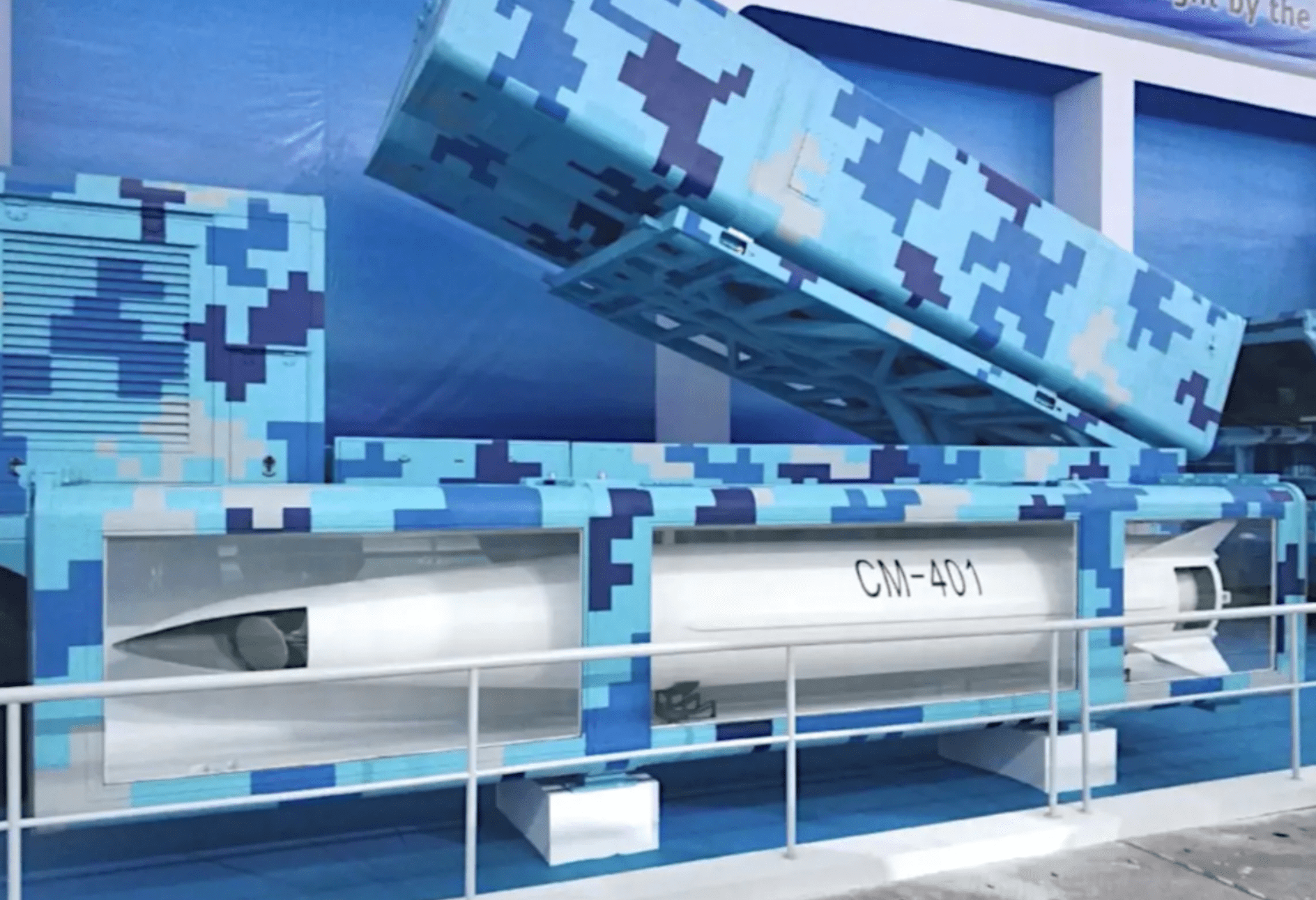
Regardless of the intended target set — and it’s possible that the 2PZD-21 is meant to strike objectives on land as well as at sea — the weapon is another addition to China’s expanding and increasingly diverse missile armory.
An air-launched ballistic missile provides a particularly difficult threat, whether to an air defense operator on the ground, or one charged with protecting a warship.
With the potential for the hypersonic terminal velocity that’s common to ballistic missiles, an ALBM would likely hurtle toward its target at a steep angle of descent. Presuming it can attack moving warships, it will also be able to maneuver dynamically during its terminal attack phase, making it harder for ground-based air defenses to counter.
The experience of the Kinzhal in Ukraine suggests that high-end air defense systems are not entirely redundant against these kinds of threats. But as part of a multi-pronged strategy, in which salvos of ALBMs would be combined with other methods of attack, it would likely be a formidable weapon.
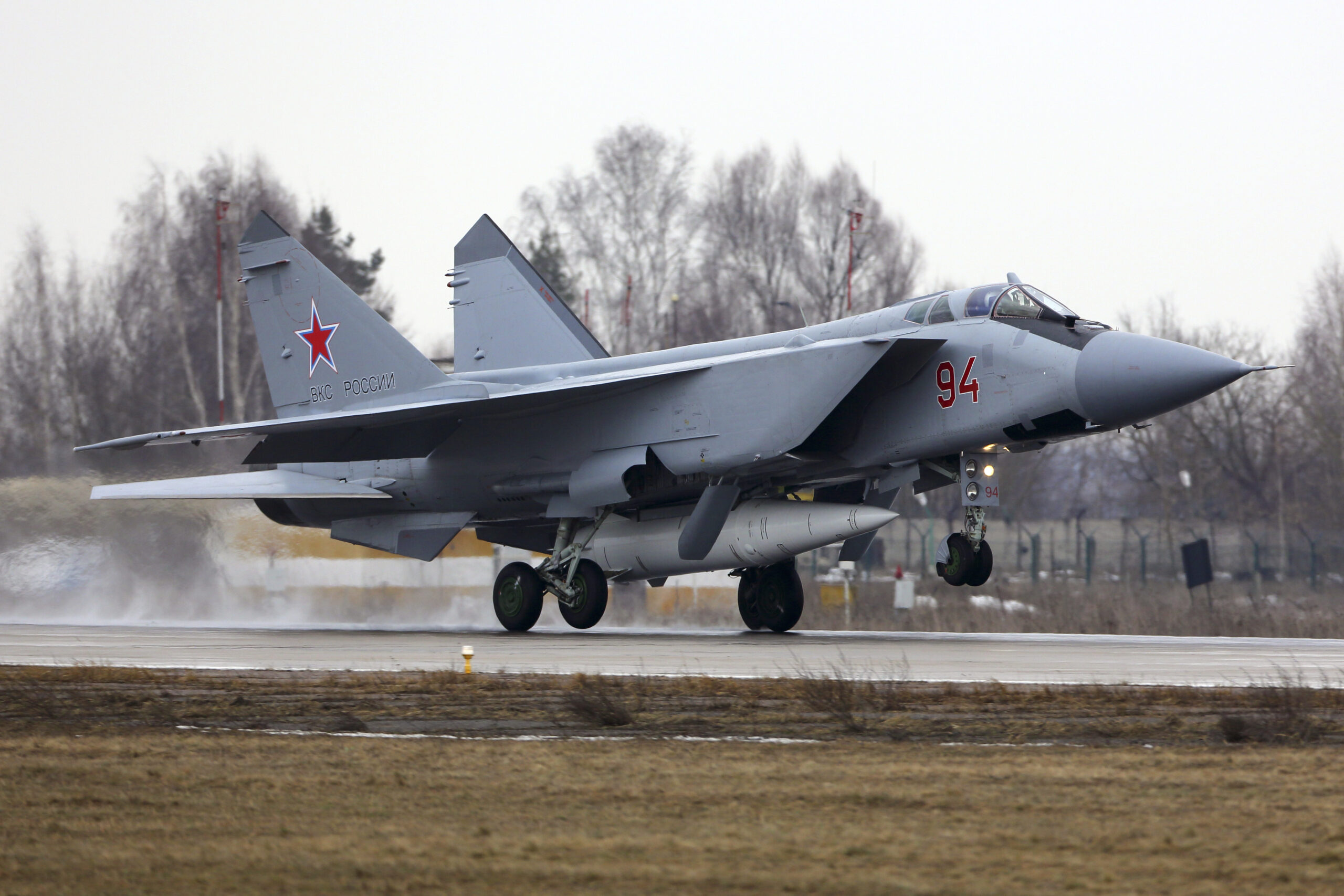
Furthermore, while attacking a warship would require accurate and up-to-date targeting data as well as sensors on the missile for the terminal attack phase, the 2PZD-21 could be employed against fixed coordinates on land with much less difficulty.
China certainly has no shortage of ground-launched ballistic missiles but launching an ALBM from an H-6 greatly extends the range of an equivalent weapon.
The H-6 is widely attributed with a range of 3,700 miles, although the H-6K, with its more efficient engines, can fly significantly further still and some examples can refuel in flight. As for the missile, the CM-401, in its original ground-launched and ship-launched applications, has a reported maximum range of just over 180 miles. Whatever the relationship between the 2PZD-21 and the CM-401, launching a missile of this kind from the air would further extend its reach.
It should also be noted that there have been suggestions that the basic CM-401 actually has a much greater range than normally stated. There are claims it could potentially even reach targets at up to 600 miles, aided by a ‘porpoising’ or ‘skip-glide’ trajectory in which the warhead abruptly pulls up at least once as it begins the terminal stage of its flight. As well as extending the range it makes defense against the weapon even more difficult.
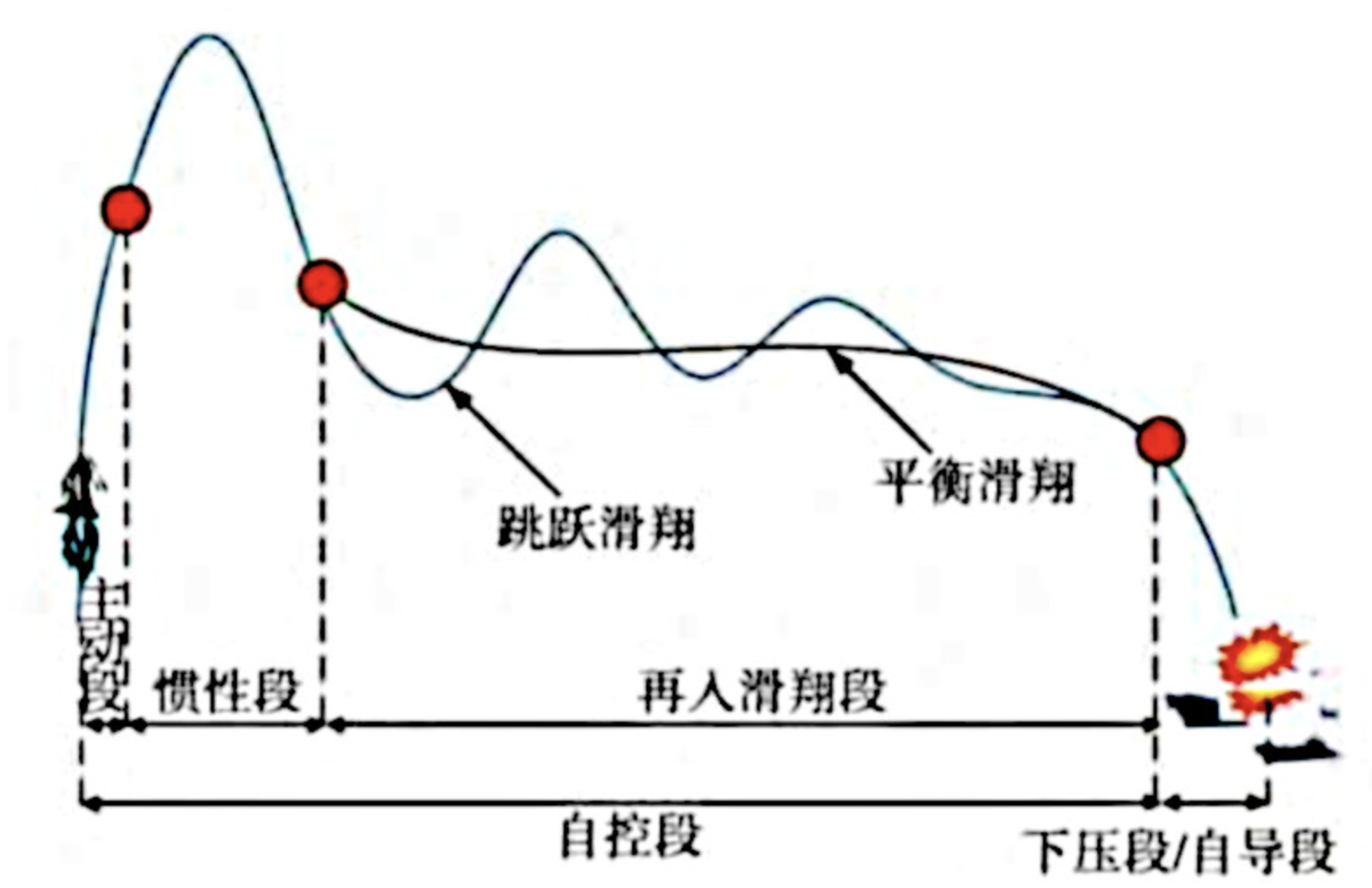
As a land attack weapon, it could be well imagined that the PLAAF might use the 2PZD-21 for potential strikes on key enemy installations along the first island chain, with targets in the wider Pacific region also possibly being put at risk.
An official video from China’s People’s Liberation Army Air Force showing H-6 bombers taking part in a simulated attack on Andersen Air Force Base on Guam:

Whether as a land attack or anti-ship weapon, the 2PZD-21 also has considerable relevance in scenarios involving Taiwan. Even when launched from an H-6 operating over China’s coast, the missile would be able to hit targets on the eastern coast of Taiwan. Its ability to be fired from nearly any vector toward the island means that it can strike from the east, as well, making it far less predictable than land-based ballistic missiles and complicating Taiwan’s defensive strategy.
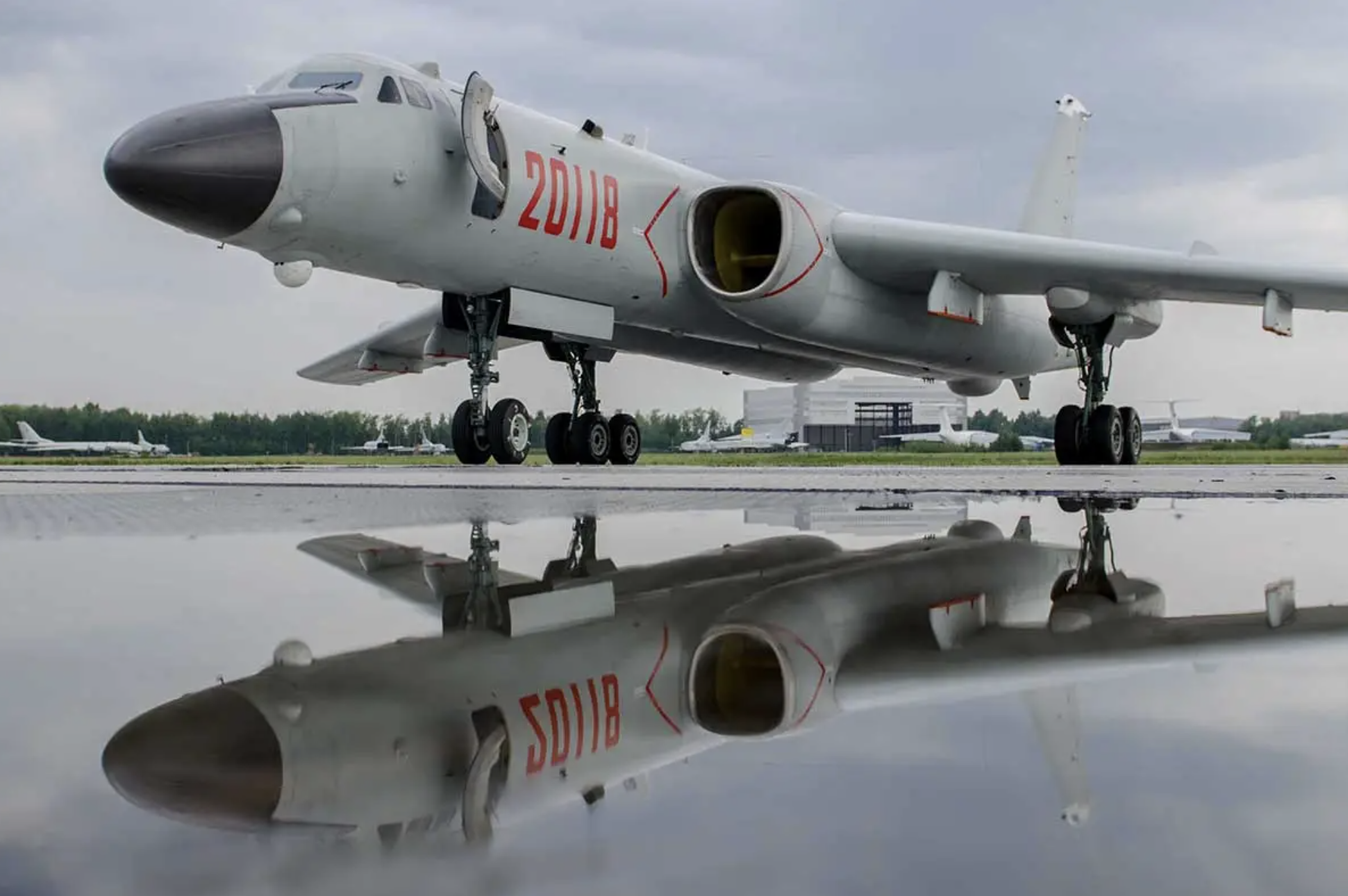
It is worth highlighting again that this is not the first Chinese ALBM and not even the first to have been noted on an H-6 variant.
There is at least one more, the larger and longer-range weapon known by the Western codename CH-AS-X-13, which may carry the Chinese designation KF-21. You can read more about it here. This weapon is carried semi-recessed on the centerline of the fuselage of the H-6N variant. According to a Pentagon assessment, this weapon is likely available in nuclear-capable and conventionally armed versions.
An embedded Tweet with one of the best videos we have seen so far of the much larger CH-AS-X-13 ALBM:
Other sources indicate at least two sub-variants of the same weapon, differing in their warhead types. The first variant is thought to feature a ‘double-cone’ type tip, similar to that found on the land-based DF-21D anti-ship ballistic missile, while the second variant may feature a hypersonic glide vehicle (HGV) upper stage similar to that on the DF-17 medium-range ballistic missile.
Again, the H-6N and CH-AS-X-13 are operated by the PLAAF, which suggests these weapons may be intended primarily for land attack missions rather than anti-shipping strike, although, once again, a dual role is possible.
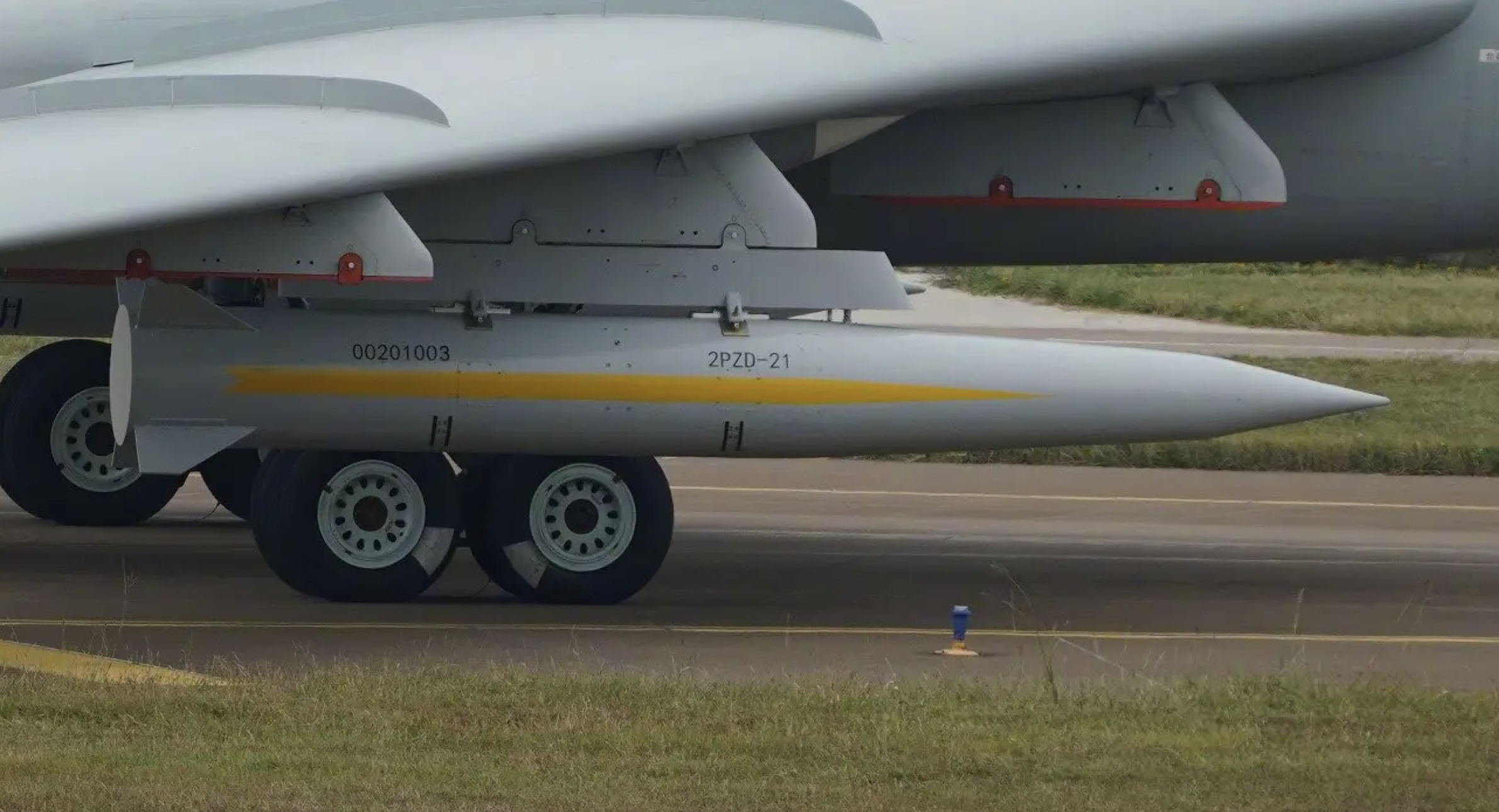
At this stage, we should recall that we don’t know for sure whether either the 2PZD-21 or the larger CH-AS-X-13 are actually in operational use, although today’s video could point to the former at least being used by the PLAAF in some capacity.
However, the appearance of these weapons indicates that China is continuing its development of missiles in this class for its long-range bombers, apparently on the basis of existing ballistic missile designs. With the next-generation H-20 bomber expected to make an appearance at any time, these weapons also further point to the growing importance of the H-6 as a carrier for larger weapons and other exotic stores, whether air-launched ballistic missiles and potentially hypersonic missiles, as well as spaceplanes and drones. This weapon is also another reminder of how air-launched ballistic missiles are very much coming into fashion, although their roots date back half a century, with multiple air arms around the globe now pursuing their capabilities.
Contact the author: thomas@thewarzone.com
